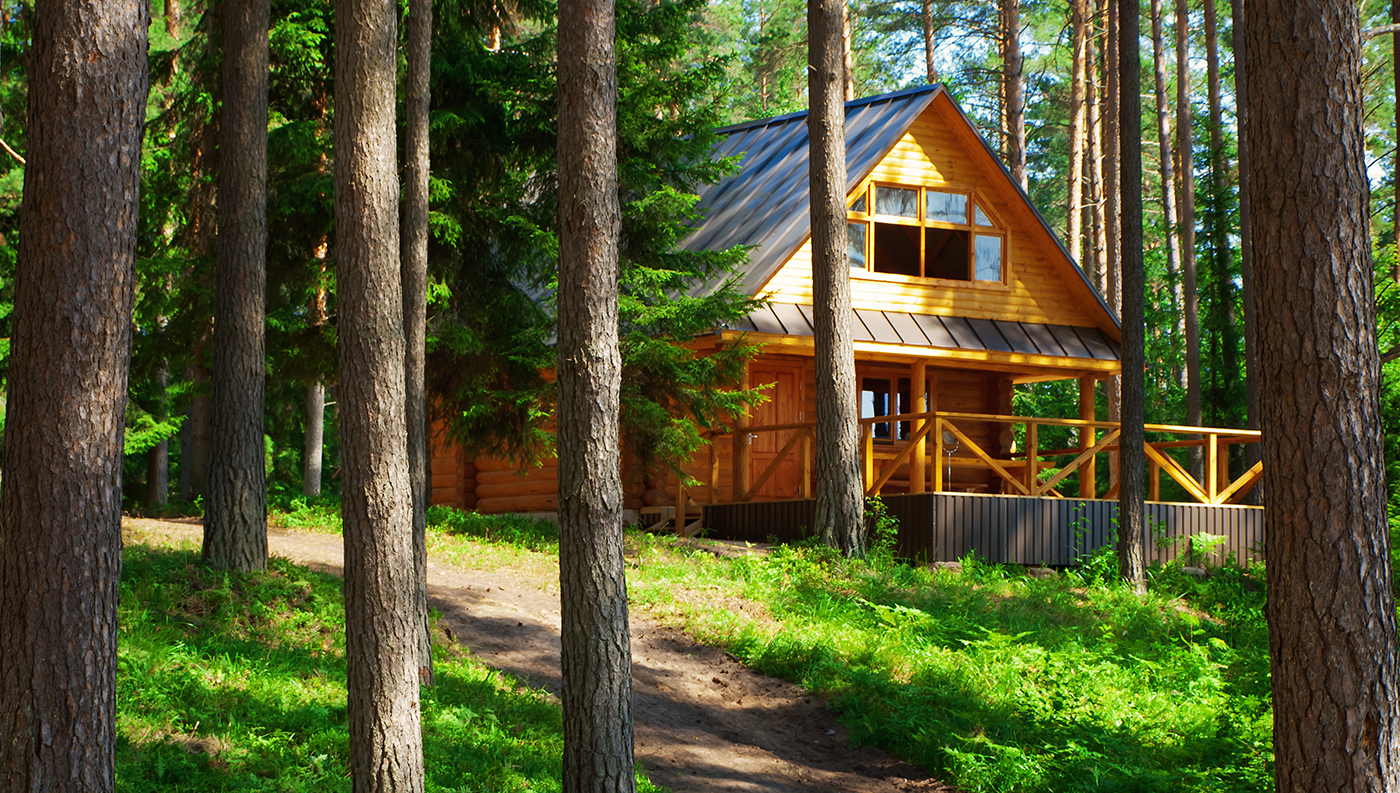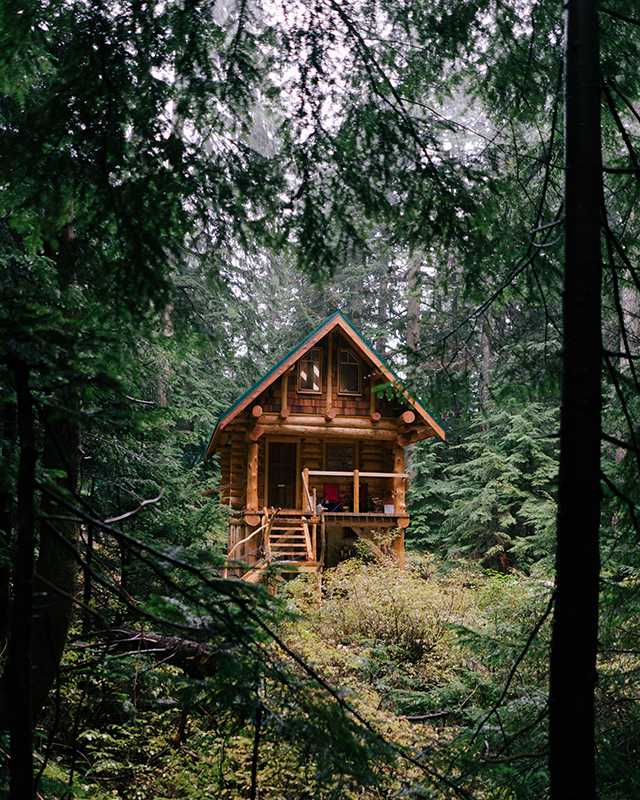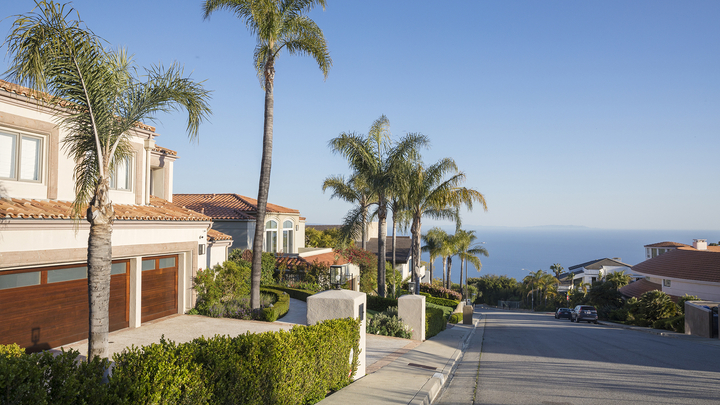3 Questions to Ask Before Buying a Cabin (and How to Find One!)
Ready to cozy up to your own slice of cabin bliss? Here's where to start.


Written by Zillow on October 9, 2018
A cabin in the woods can be a fairy-tale retreat — a place to curl up with a good book or conquer the nearby skiing hot spots. While there are plenty of cabins you can rent for a weekend, owning one provides the flexibility to escape when the weather or mood is right.
Here are three questions to ask yourself before making an offer on your cozy hideaway.
1. What kind of cabin do you want?
The word “cabin” can refer to a variety of structures. Most people think of a small wooden house in a remote location, but that’s not always the case — you have options, and they’re worth exploring.
Log cabins
This traditional cabin type begs to be enjoyed with hot cocoa and a crackling fire. If a log cabin is calling your name, you'll need to decide on the type of wood, the log shape and the corner styles.
Spruce logs are popular for their resistance to decay, and Scandinavian pine is often chosen for its density and tight grain.
A-frame cabins
With a simple, iconic design, these triangular charmers can accommodate a lofted sleeping area or vaulted ceilings, and the roof’s steep slant prevents snow or leaf buildup.
Thanks to minimalism and tiny living trends, A-frames are experiencing a comeback. They’re hip and affordable — this tiny A-frame cost only $700 to construct, using mostly found materials.
Mobile cabins
If you’re looking for mobility, a tiny cabin can be built on wheels for towing capability.
Gastineau Log Homes has a Log Cabins 2 Go line, featuring 400-square-foot structures that are factory-made and ready to roll on trailers. An even tinier option — the Stanley model from Rocky Mountain Tiny Houses, built on an 8-foot-by-2-foot trailer with a foldable front porch.
Prefabricated and modular cabins
Many companies offer catalogs of cost-effective cabin designs to choose from. The designs are typically customizable but simple enough to be factory-made and then transported to your site.
2. Where do you want to vacation?
Do you want to be on a lake or a river? Far from the summer crowds or near a bustling mountain town? To find your ideal spot, keep these three things in mind.
Travel time, family time
Consider how often you’d like to use your cabin and how far you’re willing to travel to do so. Factor in holiday traffic — will you make it there for a three-day weekend without wasting most of your time on the road?
And since vacation homes are often the place for families to gather, pick a location that’s convenient for everyone — and one that offers activities all family members can enjoy.
Scenery
Cabins afford an opportunity to embrace the outdoors, so the setting is important. The window and porch views are going to play a prominent role in your relaxation time, so make sure you like what you see.
If you’re building your cabin, you’ll want to plan your design and placement in harmony with the surrounding landscape. Log cabins are meant to look like they’re a part of nature — not a disruption to it.
Maintenance
Remember that you won’t always be around to shovel the driveway or mow the lawn. If offseason maintenance is a concern, make sure there’s someone you can hire to look after your property when you’re not there.
3. How much cabin can you afford?
Cabins might seem like a luxury, but with careful budgeting and lifestyle adjustments, you’ll find they can be an affordable way to acquire property and vacation time.
Budgeting for a cabin is just like budgeting for a home. The price tags vary widely, based on location, design, amenities and quality.
Consider how much value you’ll get for your money. If you’re going to use it frequently, you won’t need to rent vacation homes, which could save you money in the long run. And if you’re going to rent it out, it could even make you money.
But if your cabin could potentially sit there unused, collecting maintenance to-dos that you aren’t around to complete, it can be a major financial drain.
Speak with a financial adviser, and take plenty of time to assess pricing and location options before deciding if a second home is indeed within your budget.

How to start your search
It’s a little more of an art than a science, but there are a few tricks you can try to yield more relevant search results.
Start with location
Once you land on a location, search for it on Zillow. If you’re looking in a remote area outside city limits, try searching in the county or ZIP code.
You can also draw your own search boundaries on the map. If you’re getting fewer results than you’d like, try drawing a circle that’s bigger than the area you’re looking in. That way, you’ll see nearby listings too.
Narrow with filters
From here, it’s all about filters. Set your filters to show for-sale homes within your price range.
If your range is up to $300,000, try entering $350,000 to see homes where you might be able to negotiate the price. Consider Make Me Move listings, too, as these homeowners are motivated to sell, even though they haven’t yet pulled the trigger.
You can also set the number of bedrooms and bathrooms, but keep your options open when you’re getting started.
Under Home Type, consider checking Lots/Land. Some properties are categorized this way even though they have small structures on the property. And if you’re considering building your own cabin, this will be an especially good option for you.
Explore keywords
If you’re not seeing what you’re after, or if you’re getting pages upon pages of results, try playing around with Keywords under More. Try one keyword or phrase per search so you don’t narrow your search results too much.
Keep in mind that Zillow scans the entire listing for your keywords, so if you search “schools,” you’ll see tons of listings, because they all include nearby schools.
Most often, the keywords are pulled from the listing descriptions that real estate agents wrote to upsell the house. Think like they would — if you were selling a cabin in your locale, what features would you highlight?
Here are a few keywords to get you started: cabin, A-frame, getaway, cozy, woods, lakefront, river and rustic.
Happy cabin hunting!
Related:
- Quiz: What Does Your Dream Cabin Look Like?
- Tour These Whimsical Cabins Made From Recycled Materials
- How to Buy a Vacation Home in 5 Steps
Originally published October 25, 2017.
A local agent can help you stay competitive on a budget.
They’ll help you get an edge without stretching your finances.
Talk with a local agent


